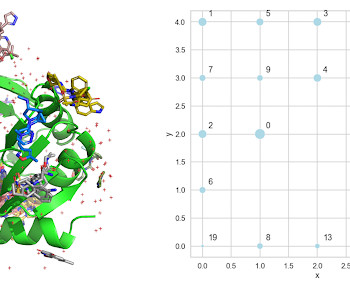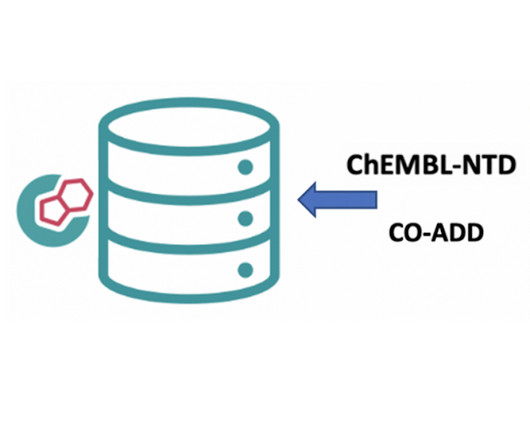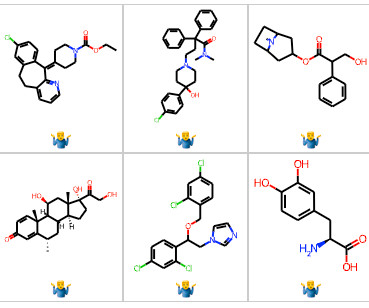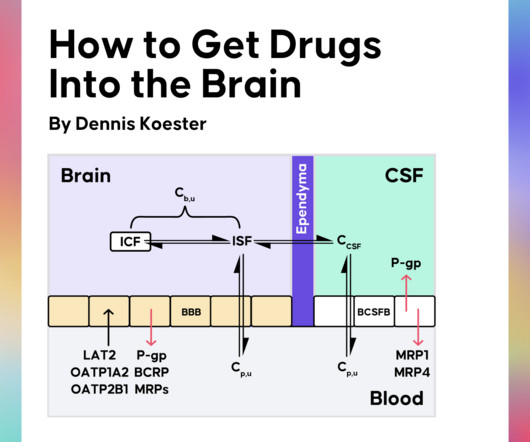Clustering Fragment Screening Hits With a Self-Organizing Map
Practical Cheminformatics
MARCH 28, 2022
Clustering Fragment Screening Hits With a Self-Organizing Map (SOM) In a paper, " Fragment binding to the Nsp3 macrodomain of SARS-CoV-2 identified through crystallographic screening and computational docking ", published last year by scientists from UCSF and the Diamond Light Source, the authors reported more than 200 structures of fragments bound (..)

















Let's personalize your content